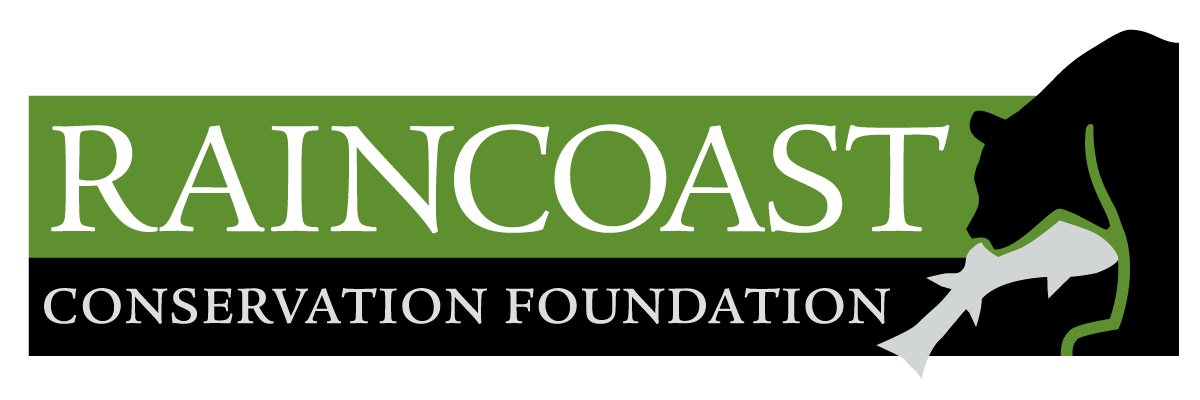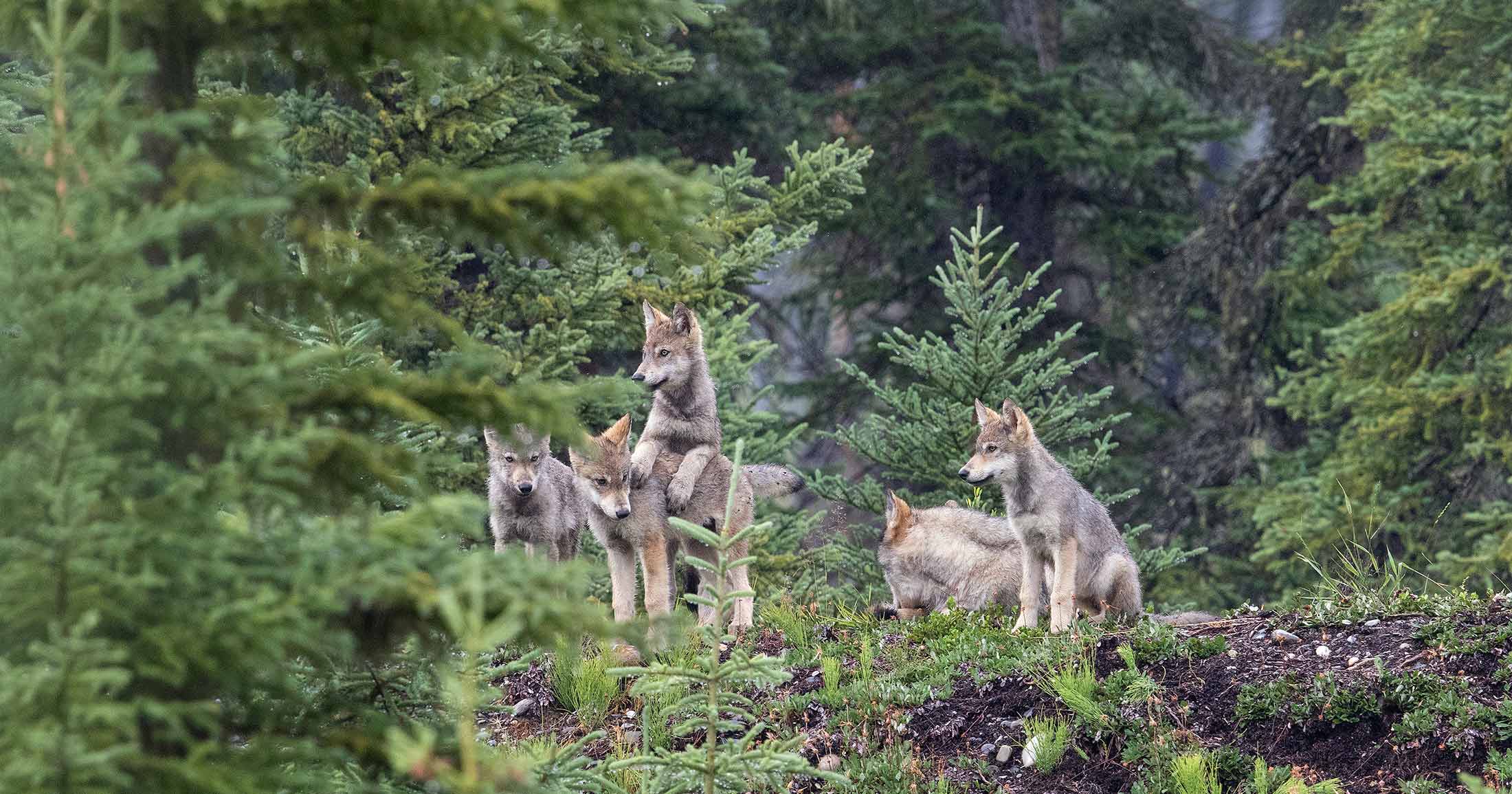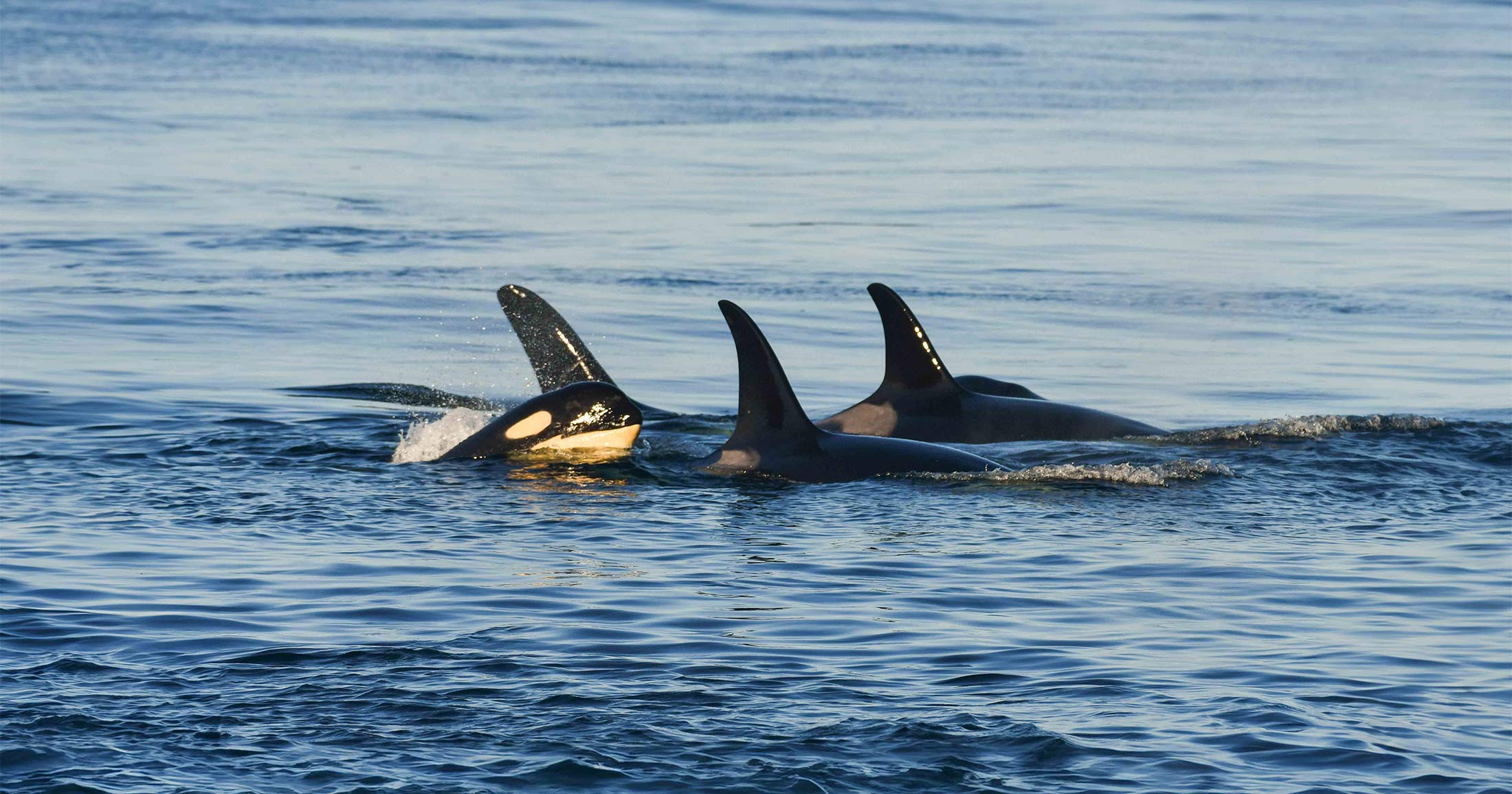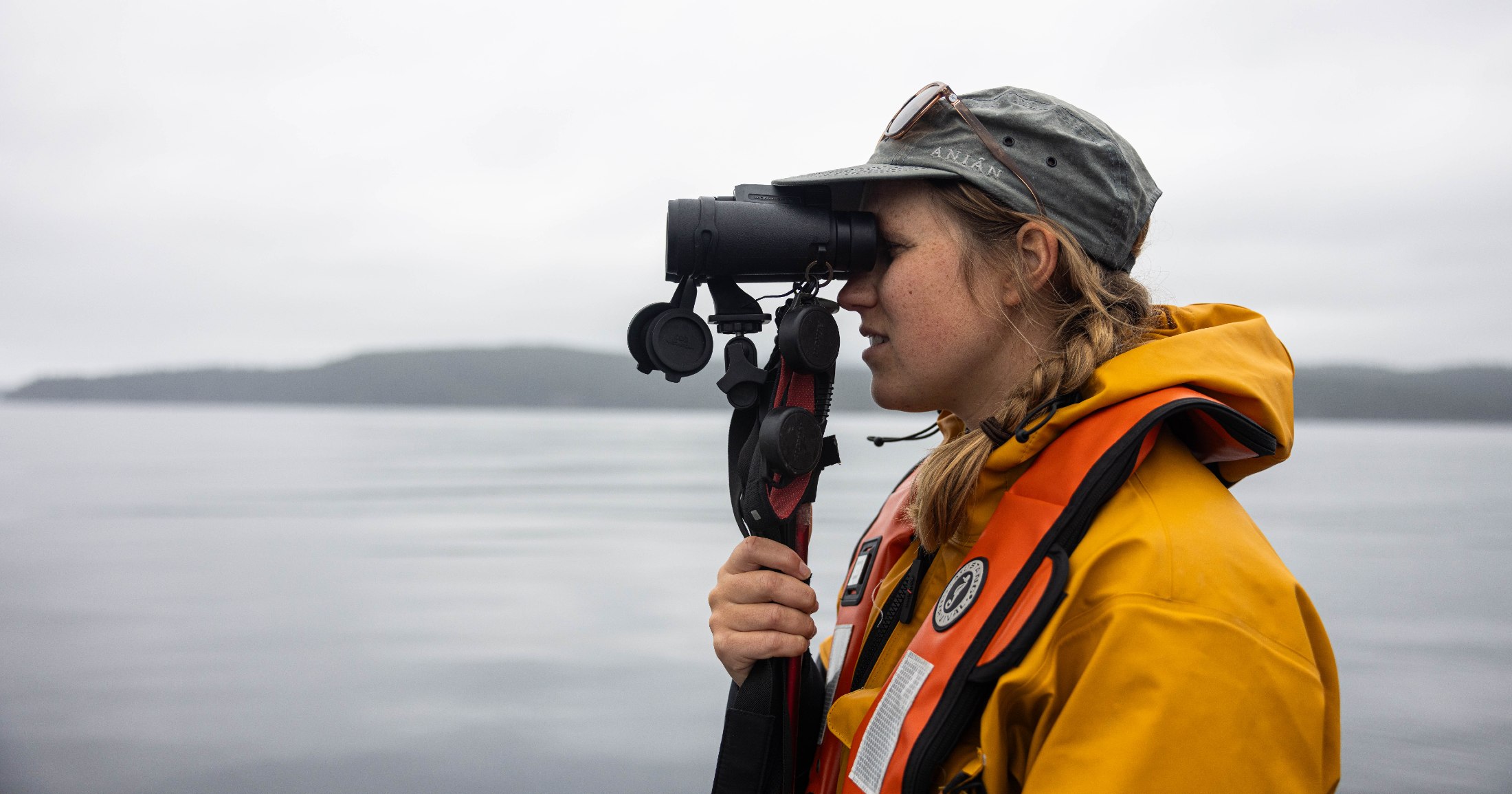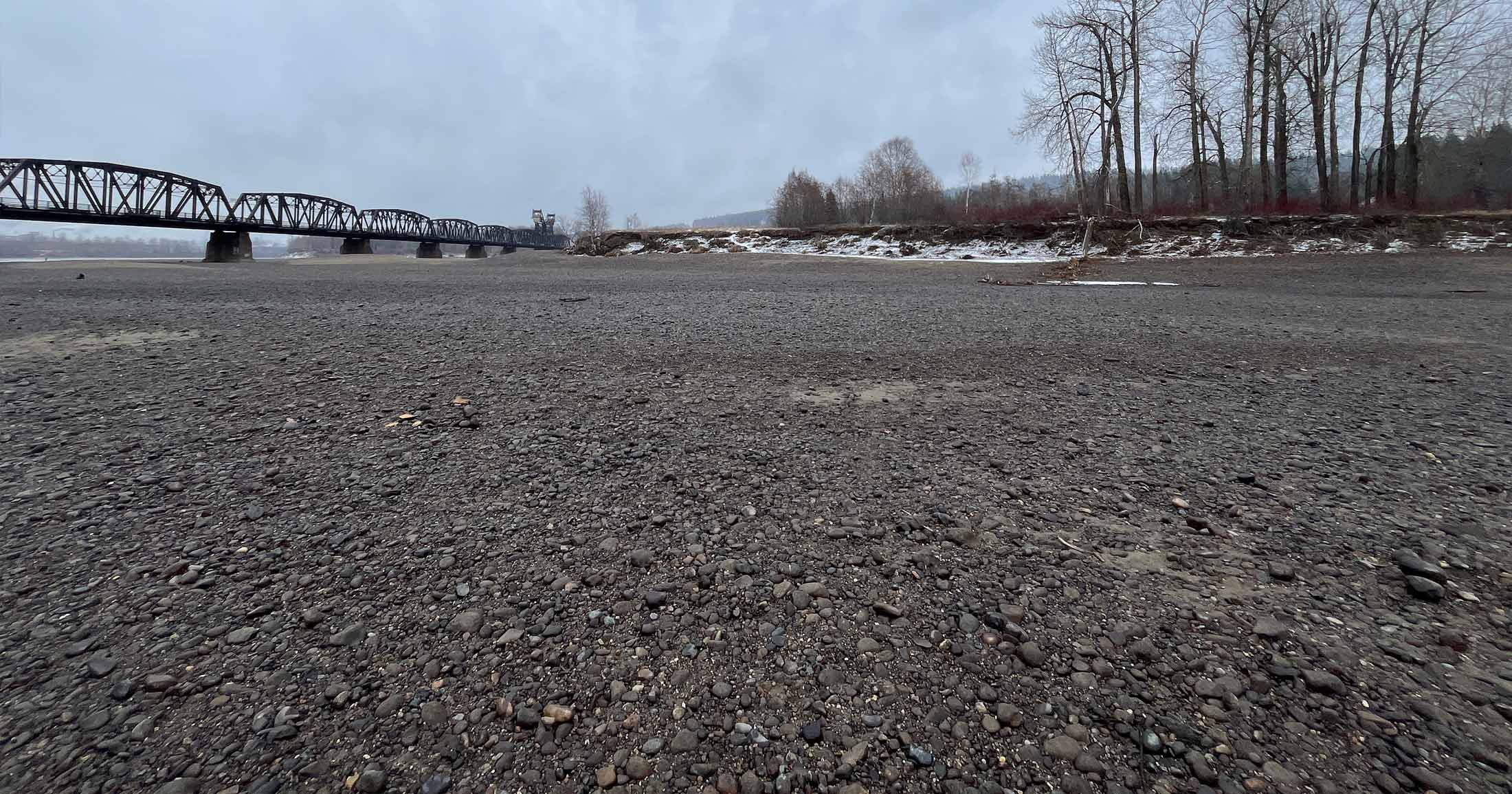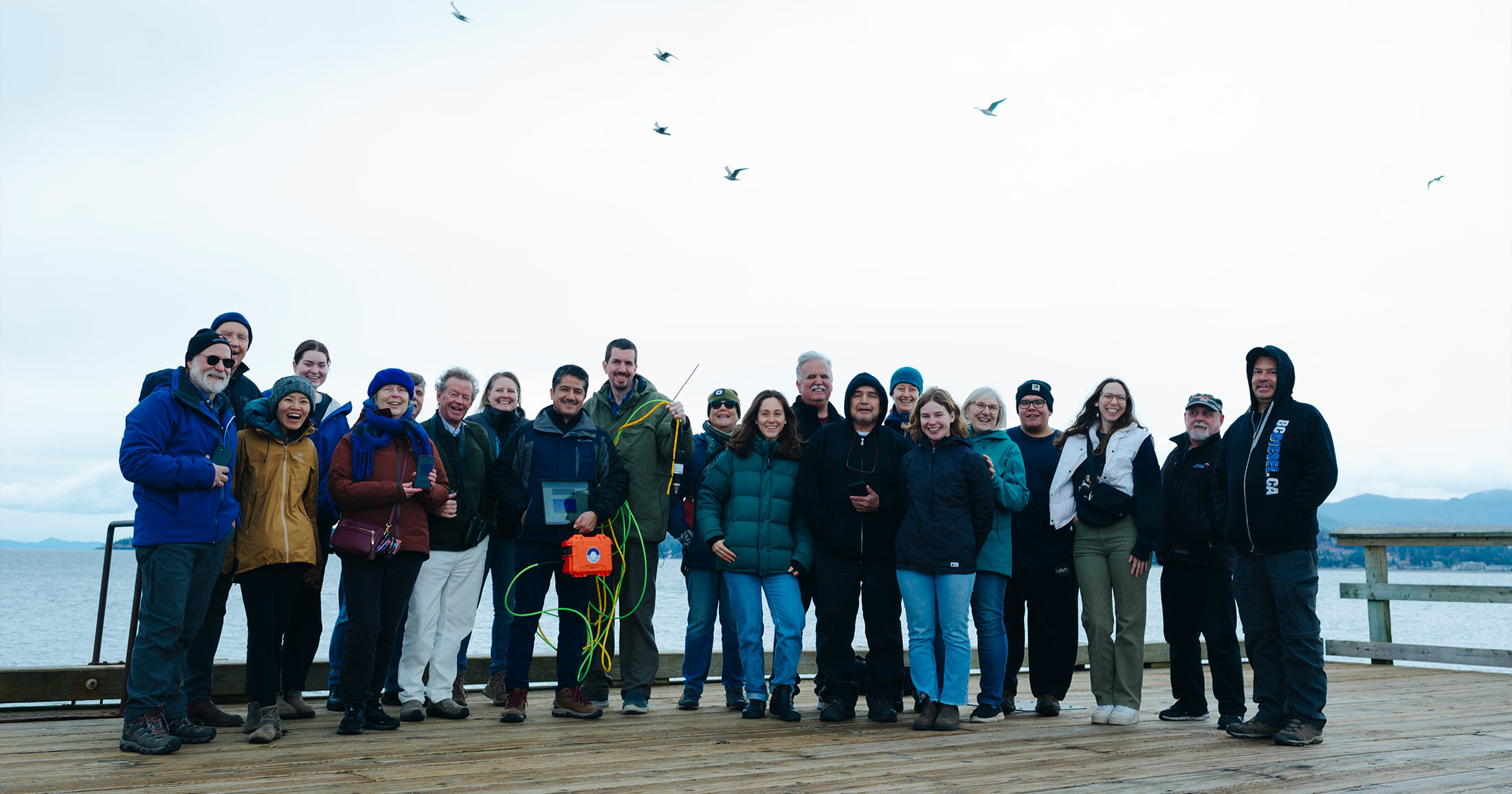An ethical approach to wolf photography
Putting wildlife first, understanding body language, and precautionary approaches.
Photography is a key tool in our communication and, as with our scientific research, we have an extensive ethics protocol that we follow and share with photographers who contribute images to us. A reality of wildlife photography is that, whether intentional or not, photographers have an effect on their subjects. These disturbances take place when we enter into animal habitats and even our presence alone can have an impact on the wildlife and the places they call home. We acknowledge that we contribute to these disturbances in our photography, from the photos we choose to use, and our use of remote camera traps in field research.
After seeing our photography ethics policy get widely shared among photography communities, and in a recent Narwhal article, we decided our next undertaking would be discussing photography ethics that pertain to wolves specifically.
Please note that this ethics guide pertains to photography, not research. Although we practice minimally invasive research, we recognize that everything we do has an effect. We are seeking continual assessment and improvement of our research practices in terms of methods, data, and ethics.
We believe that wolves require special consideration for three main reasons
- Wolves already face a suite of cumulative effects: human persecution, trophy hunting, aerial gunning, indiscriminate poisoning, commercial trapping, industrial forestry, pollutants, and climate change.
- Wolves have acute senses and will react to anything that is novel in their environment. Because of their curious nature, they are prone to becoming habituated, which in turn, may increase their risk of being killed by a hunter or conservation officer.
- Wolf watching tourism is popular and an important part of the conservation economy.
We believe that a photographer or videographer should not just consider ethics, but should embody them at the core of their work. In a time in which human influence on the planet is so profound, few if any undisturbed wolf packs remain. They face challenges against which they have no evolved defences – human persecution, climate change, industrial forestry, trophy hunting, and exotic diseases. In advocating for their protection through our research, videography and photography, we must consider carefully what wolves require in the face of these threats.
We go prepared
Before leaving for an expedition or shoot, we follow relevant protocols and restrictions of the Indigenous Nations in whose territories we will be active within; we also follow other relevant regulations at all times (such as Canada’s marine mammal regulations and the BC Wildlife Management Act).
We research before going into the field
In addition to field crew being appropriately trained in wilderness first aid and safety in wildlife research, we work to ensure that photographers know the signs of discomfort and unease in the creatures they are photographing. This serves to keep both wildlife and humans safe. We make sure to follow all the local rules and regulations put in place by local First Nations, parks, and municipalities.
We are well equipped
We ensure we are well equipped with the right photography gear, such as a substantial telephoto lens or rain protection.
Wildlife first, do no harm
Putting wildlife first in photography means that the well-being of the subject, in this case the wolf, is more important than the photograph. Photography should not be undertaken if it puts the subject at risk. Risk to the subject, in this context, means risk of disturbance, physical damage, causing anxiety, consequential predation, and lessened reproductive success.
We do not seek to alter wolves behaviour
Unethical practices to engage wildlife such as illegal baiting, luring, using calls or other disruptive techniques that we listed in our Photography Ethics Policy will interfere with an animal’s natural behaviour and be directly harmful to that individual.
We mind our presence
Even if we are not engaging in direct unethical practices, wildlife notice our presence and can change their behaviour when we are there. Wildlife are so perceptive, that even trail cameras can impact animal behaviour, and individuals may react differently to them. For example, some wolves can be very bothered by the presence of trail cameras and will actively avoid them, while other wolves can be very curious, leading them to closely investigate, and sometimes even destroy cameras within their reach.
We try to understand the body language of wolves
Having an understanding of the body language of wolves can help guide our actions when we come across wolves. There is a great range in facial and body expressions of the wolf that relate to moods and feelings in the animal.
“…treat postural gestures dynamically, as part of a complex of behaviours, augmented by vocalizations, flavoured by personal idiosyncrasies” – Barry Lopez 1978
Signs of fear
A frightened wolf will try to make their body look small and therefore less conspicuous. The ears flatten down against the head and the tail may be tucked between the legs, as with a submissive dog. There may also be whimpering or barks of fear, and the wolf may arch their back. Barking is rare, and often used to signal when a wolf senses danger.
Signs of stress
In addition to postural gestures like a tucked tail and flat ears, repetitive licking of the nose, exaggerated startles, and excessive looking up (i.e., hypervigilance) can be signs of stress in wolves. Many of these behaviours may also be displayed when wolves are interacting with one another or their environment. Wolves have unique personalities and varying life histories that remain largely unknown to us, but may influence the way an animal reacts to a particular situation. Thus, these signs are not prescriptive and context matters.
Higher levels of stress hormones, which are seen in heavily hunted wolves, can lead to changes in immune systems and eating and mating behaviour, disorders, and affectations passed down genetically. And while we don’t like to see stressed wolves in media, comfortable and habituated wolves pose their own risks to the survival of those individuals.
Signs of habituation and conditioning in wolves
Wolves avoid humans and are naturally wary of them, especially when pups are around. Wolves that are repeatedly exposed to people, however, are compelled to adapt to our presence. Although some wolves may appear indifferent to human presence, others may show signs of increased habituation and closely approach humans. Wolves that have lost their wariness of people are often regarded as “problem animals,” and in cases where they have been accustomed to human foods, can create a risk for people and wolves alike. When wolves become habituated or food-conditioned, they are more likely to come in conflict with people, and consequently be killed by animal control officers. One negative interaction with humans can cost an animal their life.
Wolves losing their wariness of people also can make them more vulnerable to trophy and recreational hunting. In addition to the number of wolves dying via lethal control programs, the BC government estimates that some 1,200 wolves are killed annually because of recreational hunting and trapping, all sanctioned and encouraged by the province.
We are transparent
We don’t always share locations
With the rise of social media and online forums, locations of wolf packs that are easily accessible are becoming widely shared. This can come with great implications to wolves, and with that a responsibility to consider one’s impact before going to these locations. We are mindful of sharing the location of where the photo was taken as it can significantly increase traffic to these locations and may place certain animals at risk of harm if it is shared.
We maintain integrity when editing and sharing
We make sure to preserve and maintain integrity of all images during the editing process. This means not altering or manipulating images to differ substantially from the original. We are transparent with how we caption our photographs. If there is a backstory that isn’t obvious from the photo, we share it.
In conclusion
We encourage First Nations, parks, and municipalities to put local regulations about wolf photography in place if there is special concern about local wolf populations. Please reach out to Chelsea Greer, Wolf Conservation Program Coordinator with more questions.
Support our mobile lab, Tracker!
Our new mobile lab will enable the Healthy Waters Program to deliver capacity, learning, and training to watershed-based communities. We need your support to convert the vehicle and equip it with lab instrumentation. This will allow us to deliver insight into pollutants of concern in local watersheds, and contribute to solution-oriented practices that protect and restore fish habitat.

